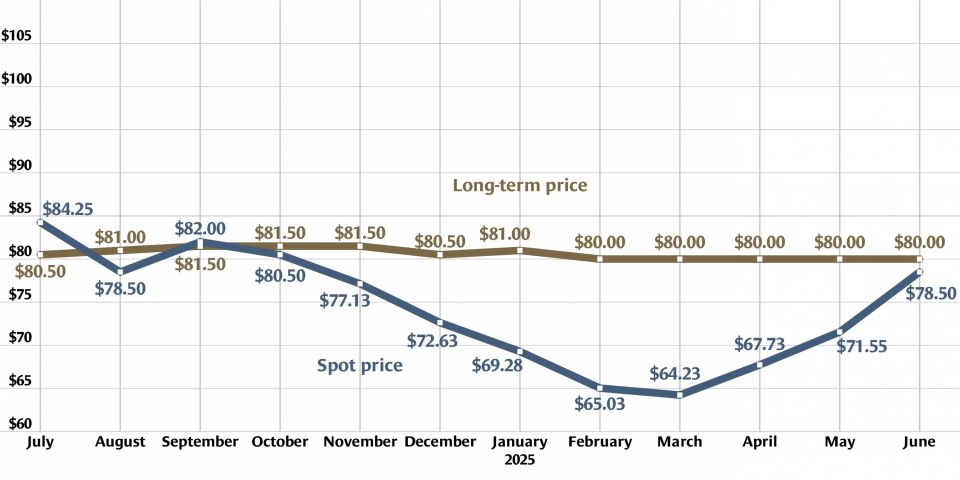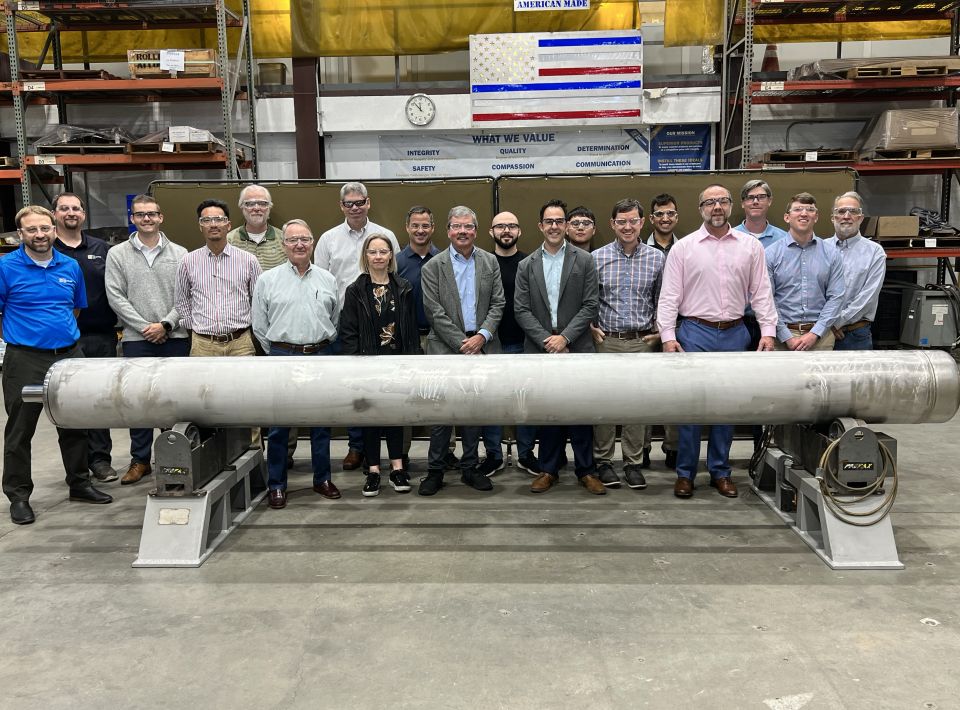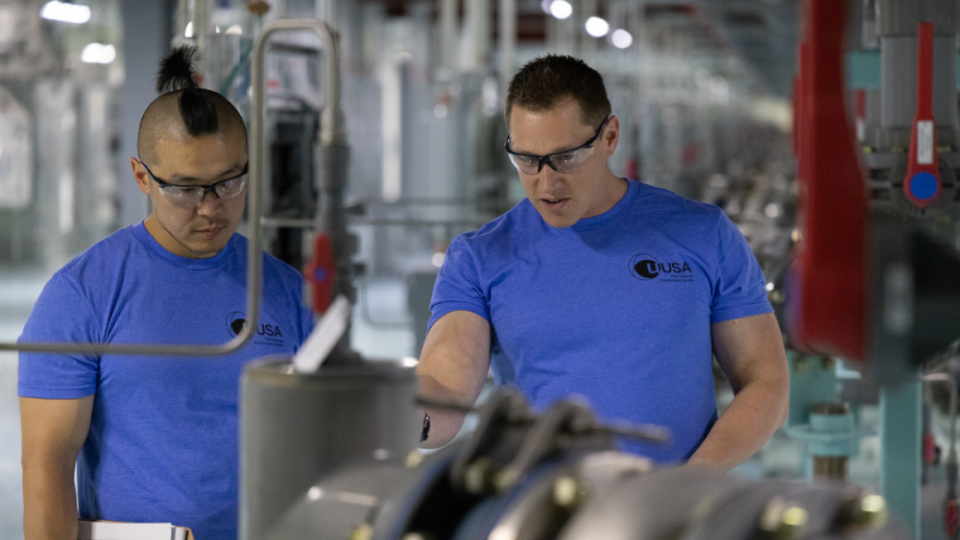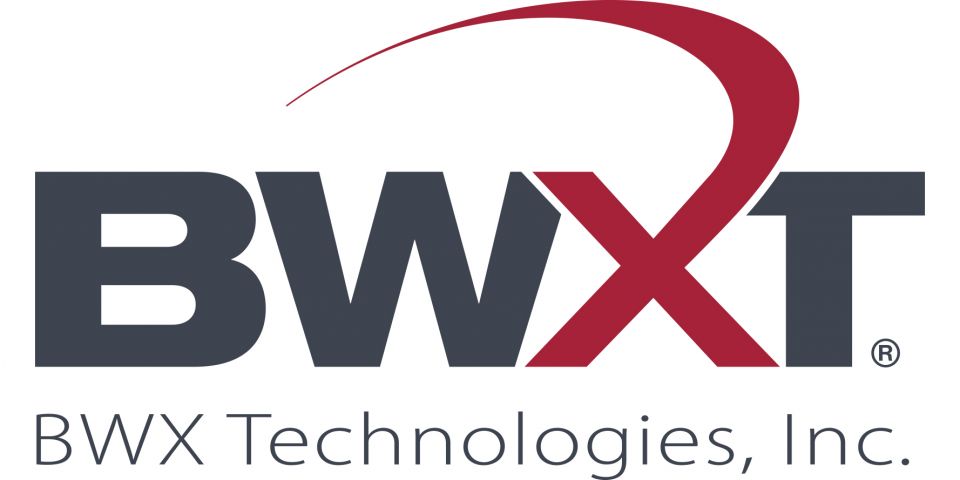Advancing fuel production and performance for the next generation of reactors

W. A. “Art” Wharton III
Multiple market forces on nuclear fuel have arisen seemingly at the same time since the Russian war in Ukraine started. Accident tolerant fuels (ATF), lead test rods, and lead test assemblies have had their first shot in real operating conditions, in recent cycles. But the popularity of their so-called accident tolerance has nothing to do with accidents, since any practical nuclear professional knows that the safety of nuclear energy is already higher than that of any other electricity generation source. The popularity comes down to fuel performance. Are we on the cusp of a revolution in nuclear fuel performance under the guise of accident tolerance?





 rotated.jpg)


